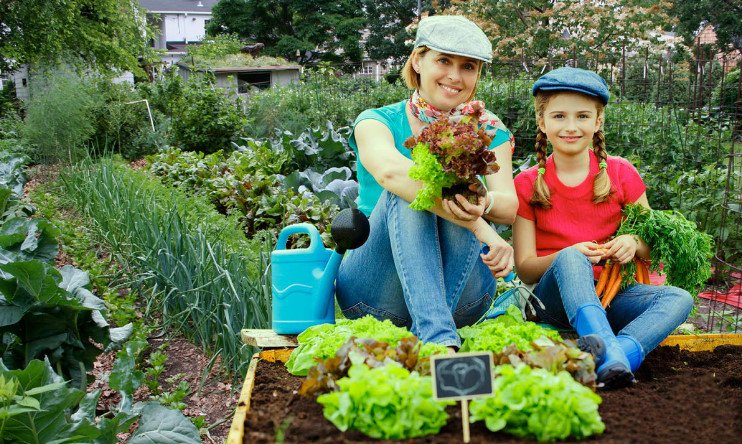
- We will build a new world;
- All life most gardeners: ;
- 1. Diligently digging their own vegetable garden, as if hoping to find a treasure;
- 2. Persistently quench the thirst of the soil, instead of preserving the moisture available in it;
- 3. Arrange a general cleaning of your garden, turning it into a “culture and recreation” park.;
- What to do? ;
- Organic farming;
- Nature itself won’t say anything;
Today we will talk about how gardeners prevent nature from growing a rich harvest on their own plots.
The desire to get a good harvest pushes most people to search for new methods of farming. At the same time, everyone forgets that most of these methods violate the natural laws of nature.
The reason is simple. These methods have been developed by scientists. Academics, sitting in their academies, do something in laboratories and give out the latest achievements of science and technology. Otherwise, for what would they receive financial benefits?
It is quite possible that at first you will get good results using these methods. But very soon nature will take revenge on you for disrespectful attitude towards her. Every year you have to invest more and more of your own work to get the desired result. You turn into a voluntary “slave” of your own garden.
We will build a new world
The other day we called our colleague and heard these words: “I would never have thought that in order to get the best harvest in my “summer cottage career” on my plot, I just need to stop working hard in the beds and trust nature.”
The first thought: “Some kind of nonsense! Nothing is clear…”
Therefore, we have requested additional information. Here’s what we learned about the actions of “caring” gardeners, which lead to grueling work and low yields.
All life most gardeners:
1. Diligently digging their own vegetable garden, as if hoping to find a treasure
“Dig, dig and dig again,” experts in agricultural science bequeathed to all gardeners.
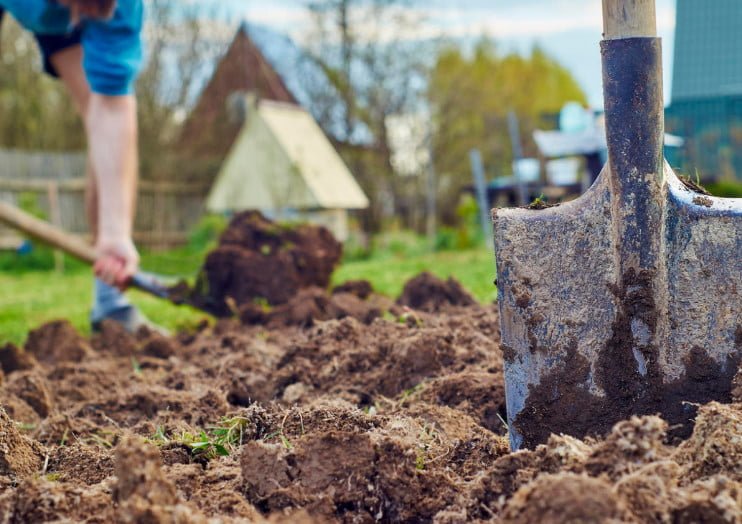
Mindlessly sticking a shovel into the soil and turning over the layers, you complicate life not only for your garden crops, but also for yourself.
No one can even think that when digging, the natural habitat of microorganisms that are so necessary for your plants is disturbed. Microorganisms die, and you have to carry bags of chemical fertilizers from the store to make up for their lack. It is necessary to cultivate the soil, but do not dig or loosen – this is a living organism, and digging is detrimental to it. Therefore, instead of a traditional shovel, I recommend a lever ripper.
In general, the tool can be selected according to your preferences, it is only important that the layer does not turn over when loosening.
2. Persistently quench the thirst of the soil, instead of preserving the moisture available in it
Many hours and daily water treatments are familiar to every gardener. A bucket and a hose have long been a symbol of summer holidays for them, and attempts to pump out a nearby lake on their site are the meaning of life.
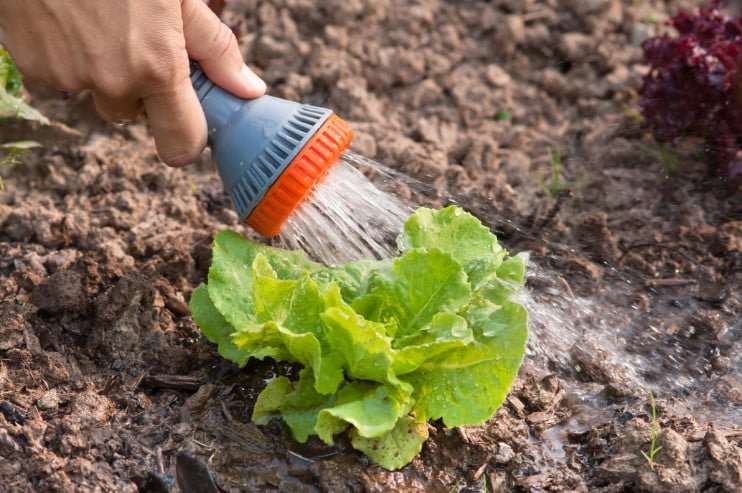
Have you ever thought that it is easier and safer to keep what is available than to engage in artificial land reclamation, suitable only for urban lawns? Do not water, but mulch!
You can mulch (cover) the soil with mown grass and weeds or with a layer of peat 8-10 cm (3.1-3.9 in). However, in peat – because it is acidic – it is worth adding ash at the rate of a couple of glasses of ash per bucket of peat.
By the way, for mulching, you can use ordinary newspapers folded in several layers. Modern newspapers are printed by the photo method, so there is no lead-containing printing ink in them.
Mulch:
- suppresses the growth of perennial weeds and does not allow annuals to sow the ground with seeds;
- retains moisture in the soil, not allowing it to evaporate from the surface (plants manage to take no more than 20-25% of water when watering, the rest evaporates from the soil by the sun and dry air, especially in windy weather);
- at night, dew falls under any mulch due to the temperature difference on its upper and lower sides, and the soil absorbs this dew.
Thus, mulching the soil significantly reduces one of the most time–consuming tasks – watering.
3. Arrange a general cleaning of your garden, turning it into a “culture and recreation” park.
Try to answer a simple question: “Do you need beauty or a rich harvest?”. Of course, the admiring glances of neighbors on your site, who are fit to lead excursions, deliver a lot of pleasant moments and a sense of pride. But pleasant moments will be forgotten, and out of “pride” you will hardly have time to make preparations for winter.
So maybe you shouldn’t work so hard to put things in order on your site, but let Mother Nature take care of the soil naturally and without your active intervention?

But how, then, to deal with weeds — these children of nature, whom she rewarded with incredible resilience? After all, all other things being equal, weeds prevail over cultivated plants in the struggle for existence.
To avoid weeding in the beds, it is necessary to immediately cover the soil with a light-tight material after harvesting. Non-woven covering materials are best suited for this purpose: black spunbond or lutrasil of the highest density. These can be fixed poles, slate nails or staples made of wire, at the very least, stones so that the covering material is not carried away by the wind.
However, you can cover the beds with cardboard or newspapers folded in 5-6 layers, making sure that the wind does not tear them until spring. The beds are left closed before planting seedlings or sowing seeds.
A light-tight layer on the soil surface will not allow perennial weeds to survive without light, and any mulch will not allow weed seeds to get into the soil and germinate. If you need to free some place from perennial weeds, cover it with a light-proof material for a couple of years – and they will come to an end.
In the spring, before sowing in the evening, pour water over the beds directly on the shelter. If they are covered with cardboard, then remove it, pour the soil and lay the cardboard again. In the morning, remove the lid, gently loosen the soil, make seed furrows with the edge of the board, without leaving large distances between the furrows to prevent weeds from settling in an empty space.
What to do?
A question known to everyone. Very often it remains unanswered. In our case, the answer is this!

Organic farming
Since the beginning of the XX century, many agronomists, biologists and farmers around the world began to abandon the treatment of crops with chemical fertilizers and pesticides, as well as plowing the land, as they noticed that this leads to the degeneration of the soil and crops growing on it.
This approach to agriculture is called organic , aimed primarily at increasing the natural fertility of the soil. That is, the land is not plowed and watered, but specially prepared for planting. Organic residues are used for fertilizer, and biological methods of protection are used against pests. By 2007, approximately 30.5 million hectares of land had already been used in accordance with the principles of organic agriculture.
Nature itself won’t say anything
Many people cannot understand the language of nature. But there are people who have made friends with nature. It was she who discovered his secrets.
Do you want to know what you need to learn from nature in order to “work” less and get better results?
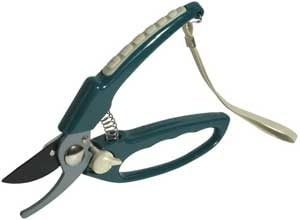


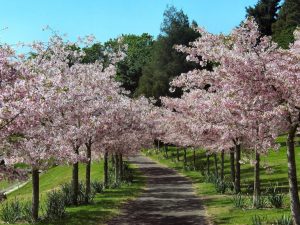
Leave a Reply